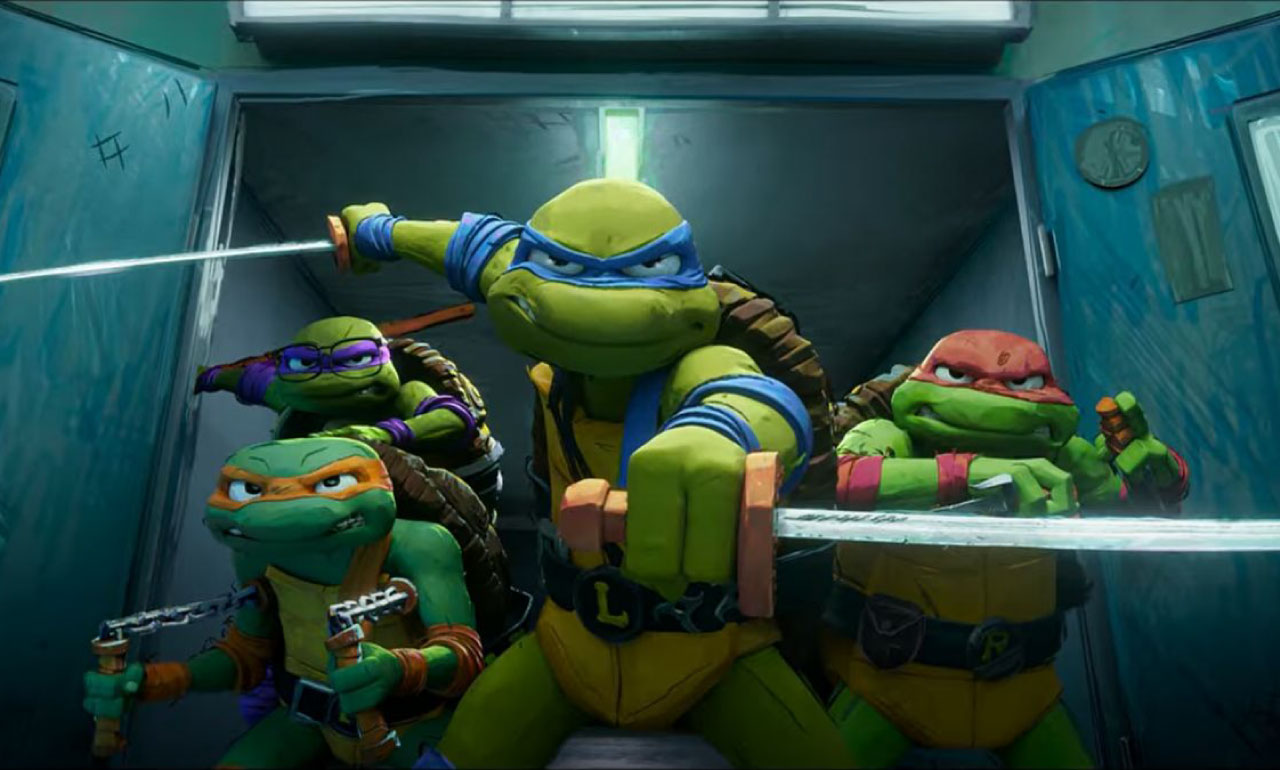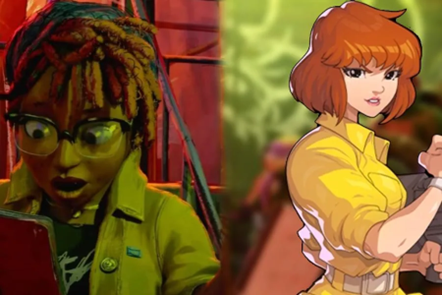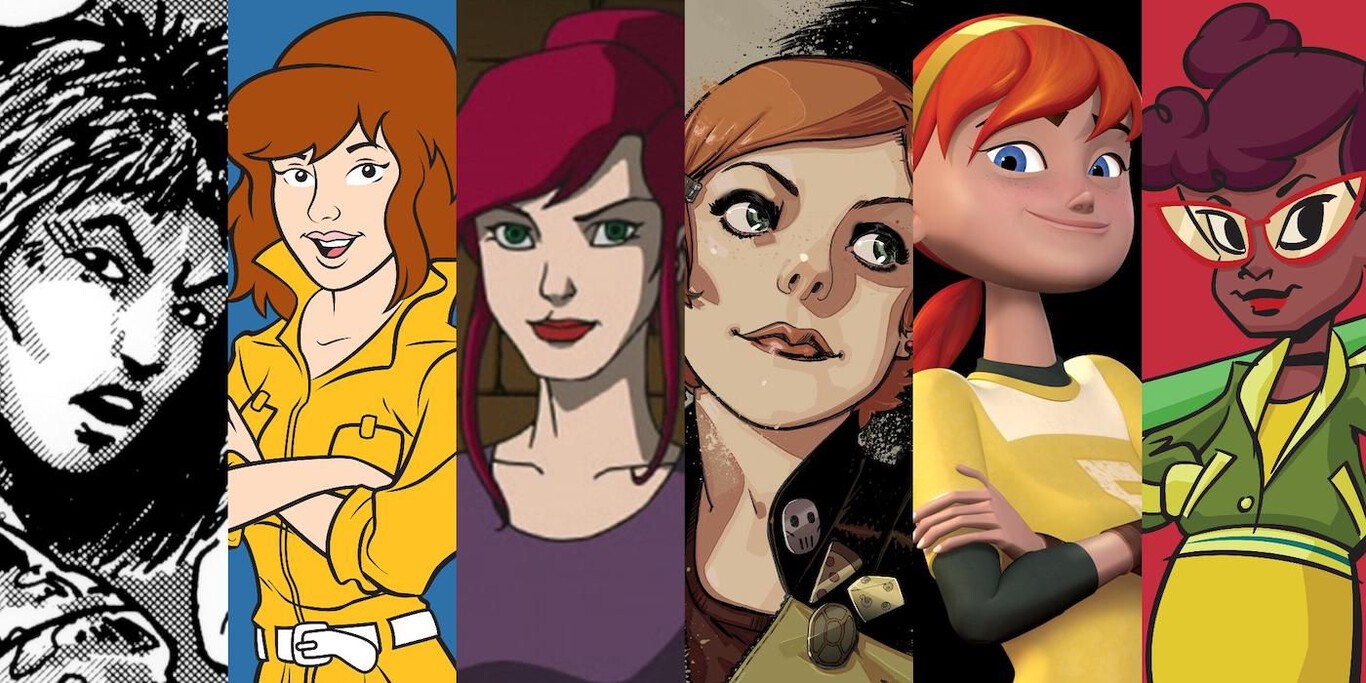
At present, the world of animated cinema has experienced a revolution in stylistic and narrative terms. A prominent example of this trend is the movie “Spider-Man: Through the Spider-Verse,” which not only left a mark on the industry, but inspired several Hollywood studios to seek new perspectives to reinvent their franchises and breathe them a new lease of life. In this context, the recent film installment entitled “Ninja Turtles: Mutant Chaos” emerges. Rescuing and reimagining Raphael, Michelangelo, Leonardo, and Donatello, this action flick boldly breaks free from animation norms into an adrenaline-charged narrative. This bold bet is the result of a deep exploration that has led filmmakers to question and rethink the norms established in this genre.
A Visual and Narrative Transformation
One of the hallmarks of this new film, directed by Rowe in collaboration with Kyler Spears, is its revolutionary visual and narrative approach. On this occasion, the mutant origin of the turtles is narrated, which is triggered by a chemical accident that occurs in the city’s sewers. As a consequence, he mutates turtles and other animals, leading them to take control of the city and the world in general. Instead, this plot breaks with convention and offers a fresh and unique perspective on the Teenage Mutant Ninja Turtles universe.
One more proposal of manipulation and indoctrination
The film is also noted for a bold choice in character development. Seth Rogen, in addition to his participation in the libretto, has contributed to the project as a whole. In addition, it has been decided to present April O’Neil with an African-American identity and an ambiguous sexual preference, as well as a physical appearance different from that shown in other interpretations in cartoons, comics and video games. This decision rather than representing a spirit of innovation and openness of the film, reflects misunderstood inclusion and is once again forcing indoctrination on younger children.
It’s important to recognize that many of us feel a special attachment to April O’Neil’s original version of the Teenage Mutant Ninja Turtles stories. This classic essence has left an indelible mark on our memories and gives us a sense of nostalgia and familiarity. However, as we see new interpretations that diverge from the characters’ traditional context and background, a growing concern arises. The attempt to introduce radical changes and indoctrination into these variants can often prove disconcerting and move away from what we fell in love with in the first place. In an effort to celebrate diversity and innovation, it is essential to maintain a balance that respects the original essence of the characters and their stories, avoiding falling into excessive control that distorts the identity we hold so dear.

A renewed legacy
TMNT’s legacy stems from ’84, crafted by Kevin Eastman and Peter Laird. The iconic black-and-white comic birthed their storied journey. Since then, they’ve made a journey from printed pages to the big screen. Despite various adaptations, “Teenage Mutant Ninja Turtles: Mutant Chaos” showcases the franchise’s adeptness at rejuvenation, maintaining relevance amidst cinematic evolution.
A New Era for Teenage Mutant Ninja Turtles
Compared to other superhero films, such as the Spider-Verse trilogy starring Miles Morales, “Teenage Mutant Ninja Turtles: Mutant Chaos” seeks to transcend the boundaries of mere entertainment. With a post-credits scene that suggests a possible second installment, the film aspires to establish itself as a solid franchise, capable of captivating a diverse and engaged audience. To achieve this, he appeals not only to fast-paced action, but also to profound messages and social change that resonates in the hearts of viewers.

For more articles like this, click here.
